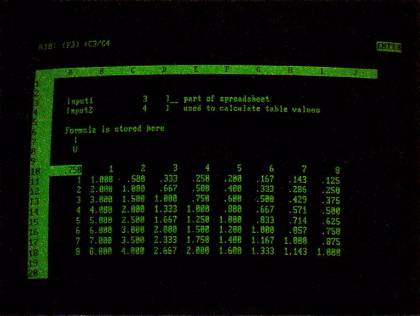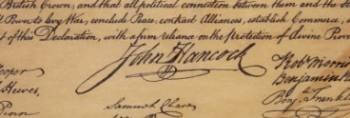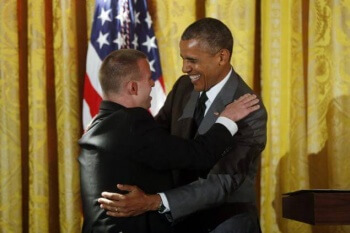January 26 is Lotus 1-2-3 Day
Today is Lotus 1-2-3 Day, when we celebrate the original “killer app.” On January 26, 1983, Lotus Development Corporation released the application for the IBM PC, named for its three-pronged functionality: as a spreadsheet, graphics package and database manager.
Co-founder Mitch Kapor named the company after a yoga position. A child of the Sixties, he studied Eastern religions, taught transcendental meditation and spent time as a disc jockey and a standup comic before “finding himself” as a software developer.
The rest, as they say, is history. Sales of Lotus 1-2-3 quickly surpassed those of VisiCalc, its chief competitor and Kapor’s former employer. Lotus was well-known for its philanthropy and progressive corporate culture.
In July 1995, IBM executed a hostile takeover and gradually absorbed Lotus. In March 2013, IBM officially retired the brand name but not before Lotus earned a permanent place in computer history.
![]()


 Today is National Opposite Day. Then again, maybe not. Many sources quote many other sources that claim it occurs on January 25th each year. We would never repeat such a vague assertion.
Today is National Opposite Day. Then again, maybe not. Many sources quote many other sources that claim it occurs on January 25th each year. We would never repeat such a vague assertion.


